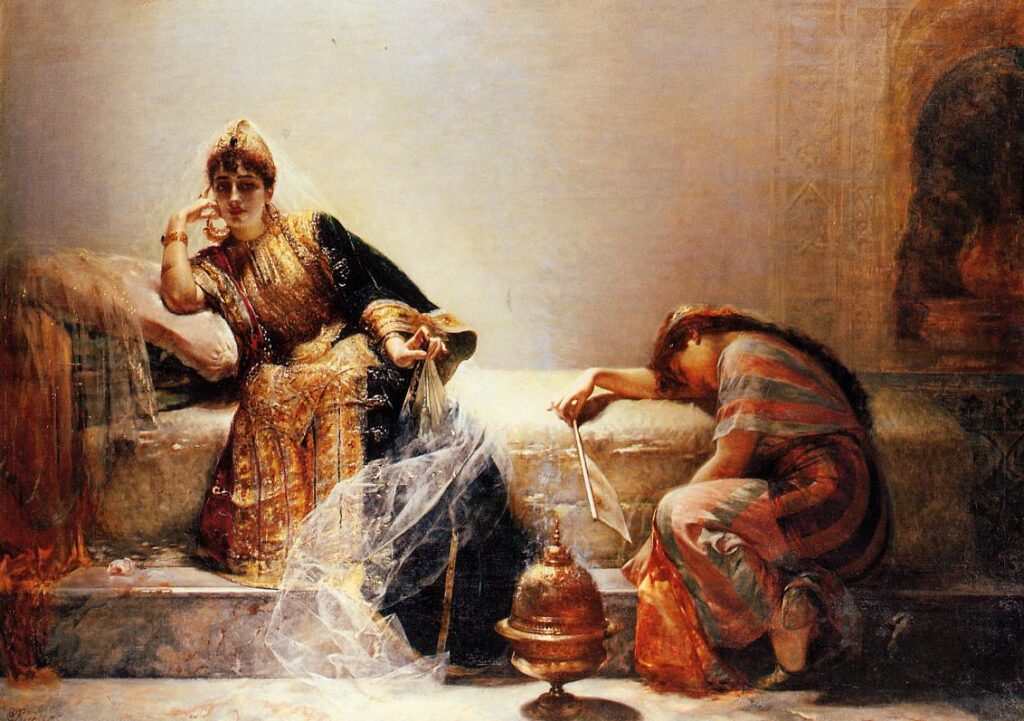
Candace Owens, credit Wikipedia
When Bloodbath becomes Bacchanalia
by Ilana Mercer
In an era where everything is captured on camera, the cold-blooded murder of Gyovanny Arzuaga and Yasmin Perez is particularly chilling. The occasion was the Puerto Rican Day Parade in Chicago, Saturday last. The location: West Division Street on the Northwest Side, at Humboldt Park. South Africa style—and for no good reason—a bunch of “fellas,” as Colin Flaherty is wont to say, leapt out of their vehicle, surrounded a stationary car, pulled a young couple out of it and shot each in the head, while hopping about and gesticulating in feral glee. Watch:
https://twitter.com/stillgray/status/1406590701442256908
There was no detonating rage or purpose to the act—only heightened arousal. The scene had the ritualistic quality of a voodoo ceremony, minus the wide-eyed ululation. Running commentary offered by the videographer had the same flat affect: folks, this is good fun, but hey, stay cool. Chill.
“I don’t think this crime will be ‘disappeared’ so easily,” tweeted one “Musil Protege.” “It may be worth watching Tucker tonight. He has developed a relationship with Chicago Alderman Raymond Lopez,” posited “Musil.” The alderman is “a reasonable law-and-order Democrat, who has become something of a thorn in the side of Mayor Lori Lightfoot.” Continue reading


















